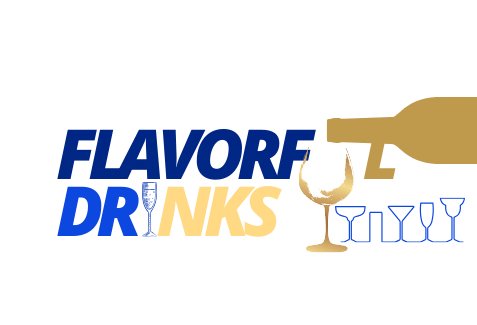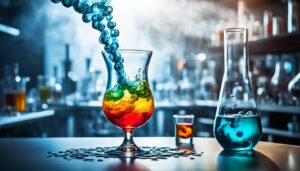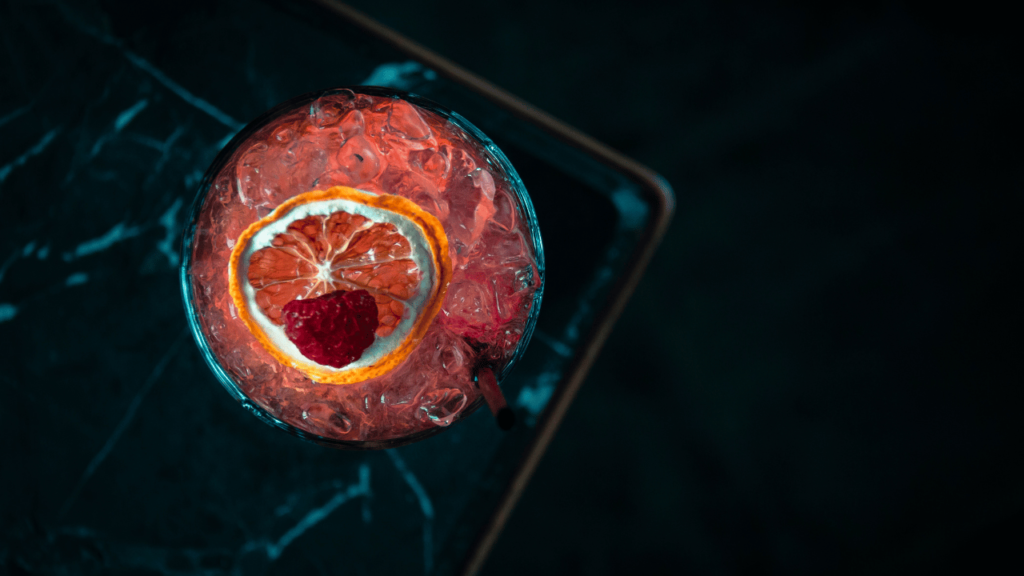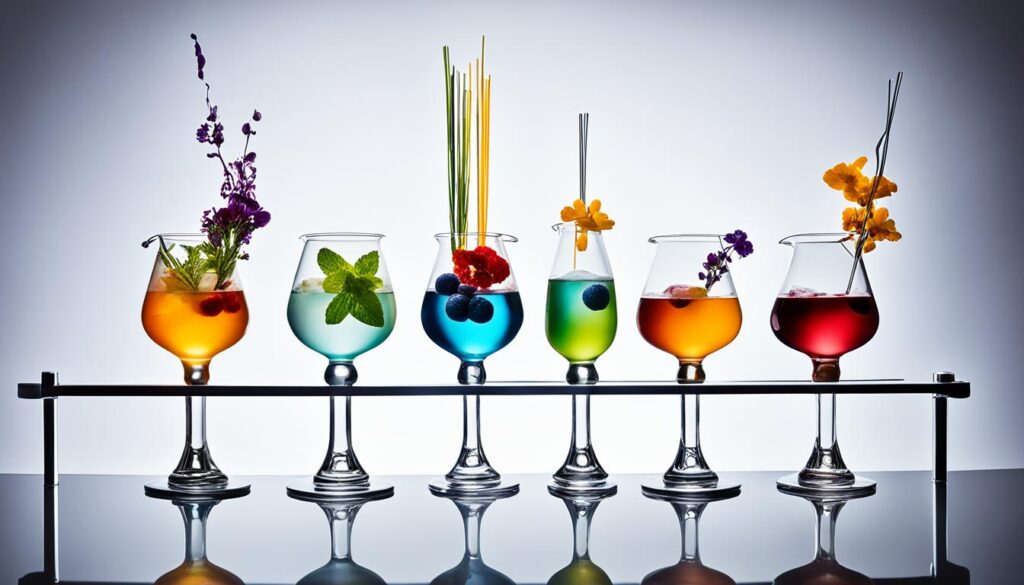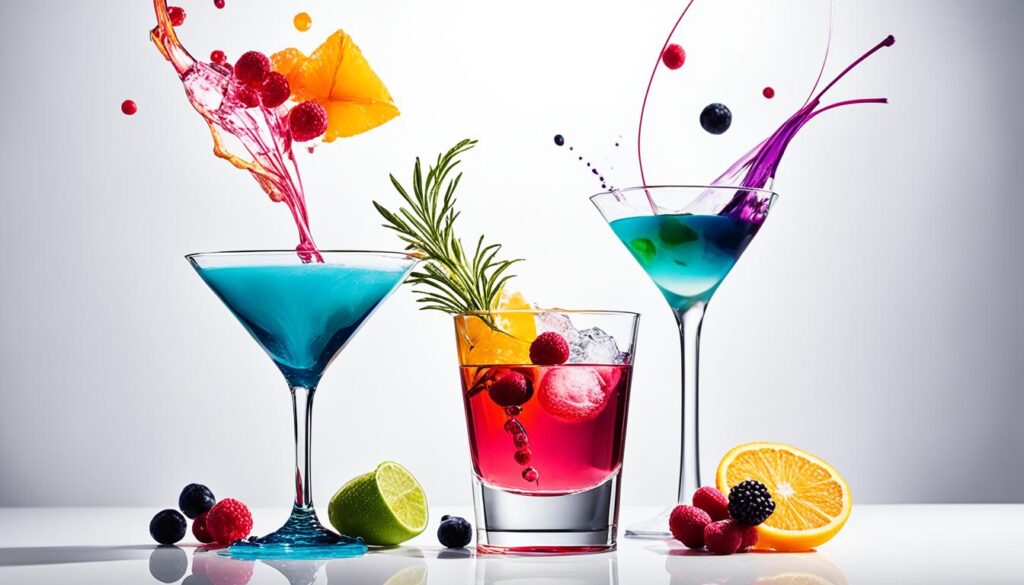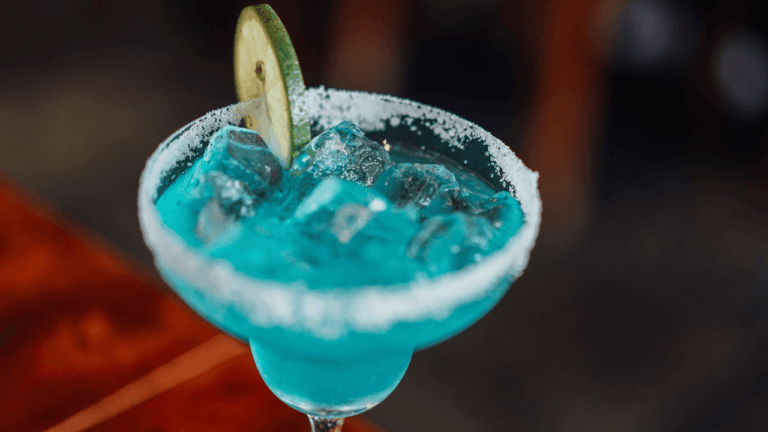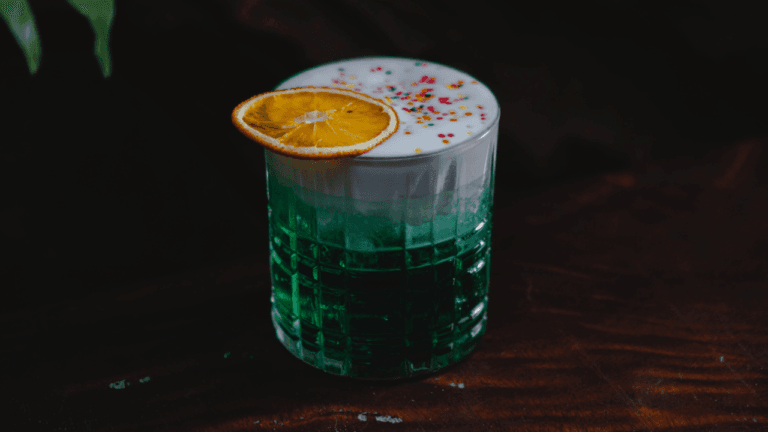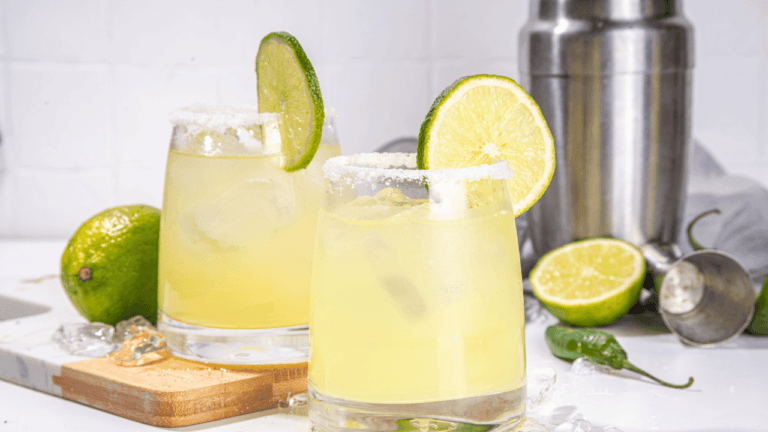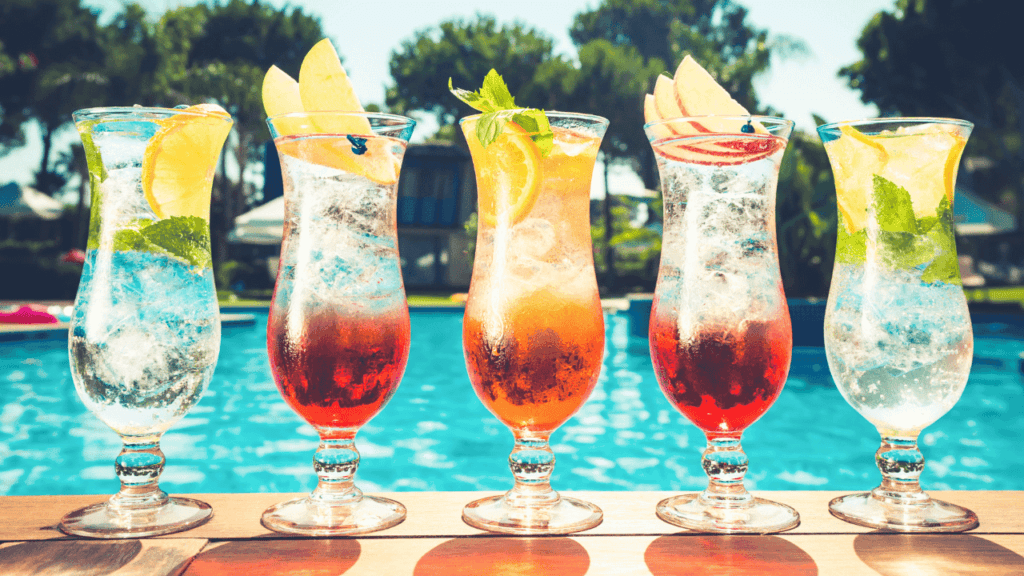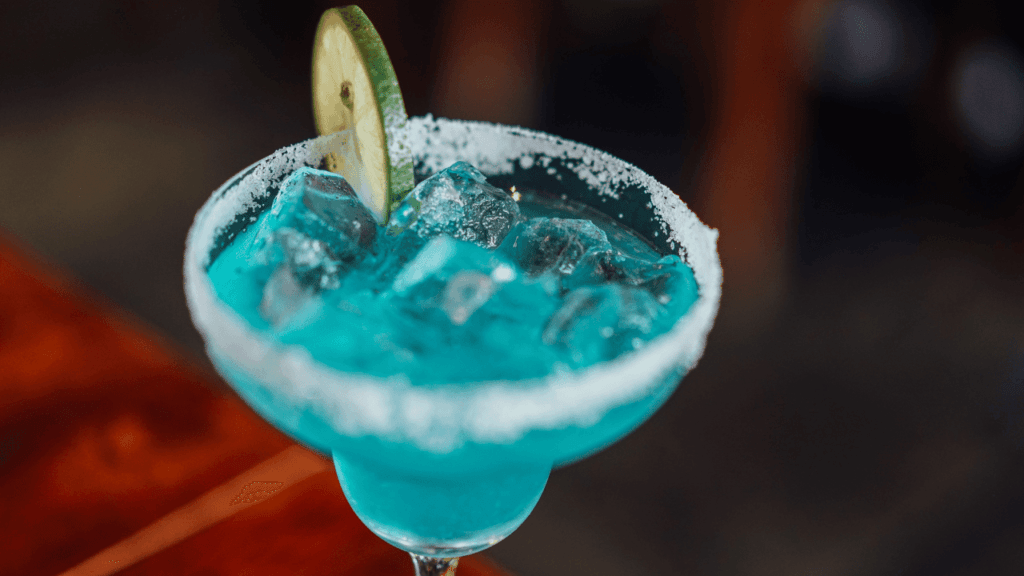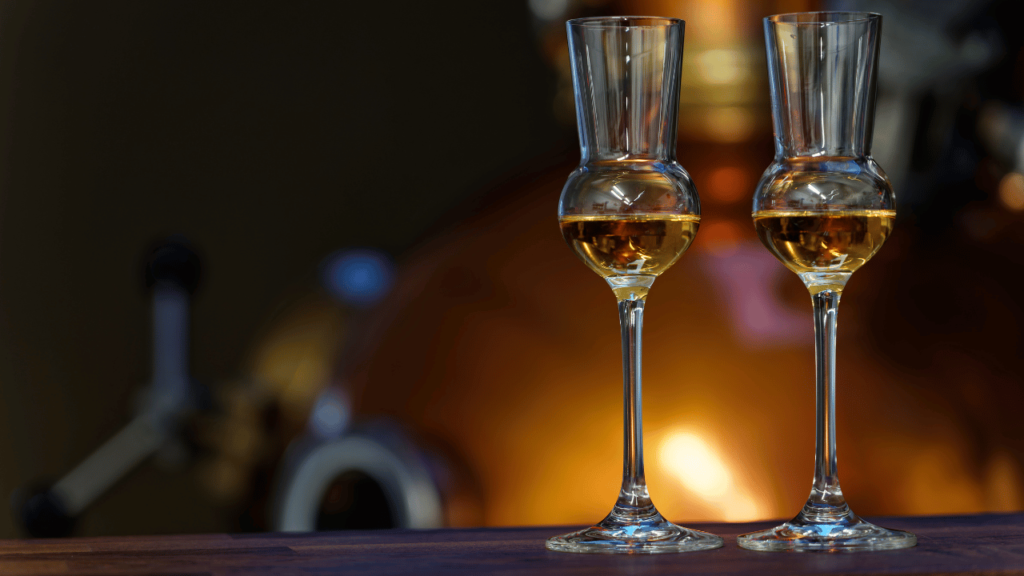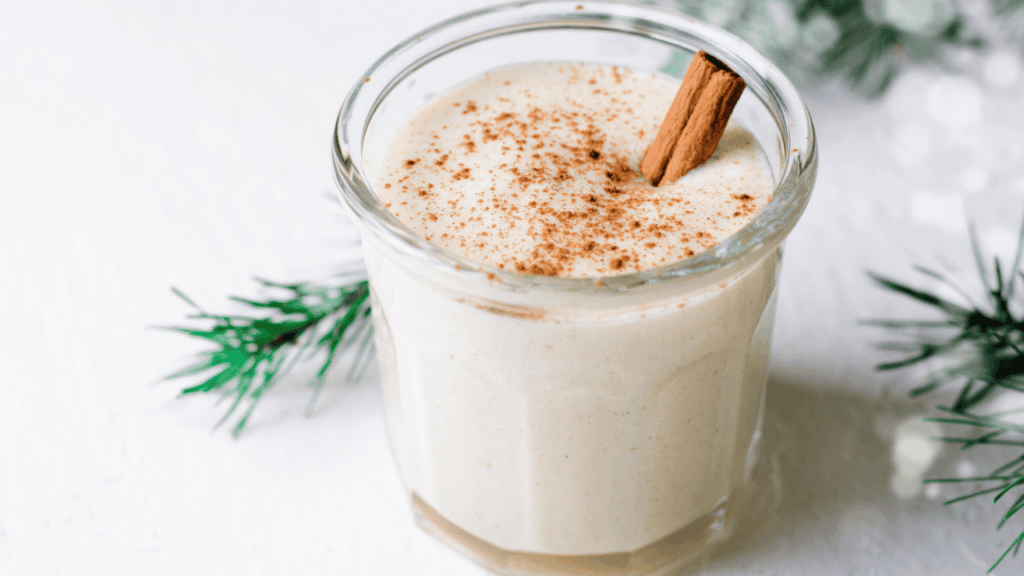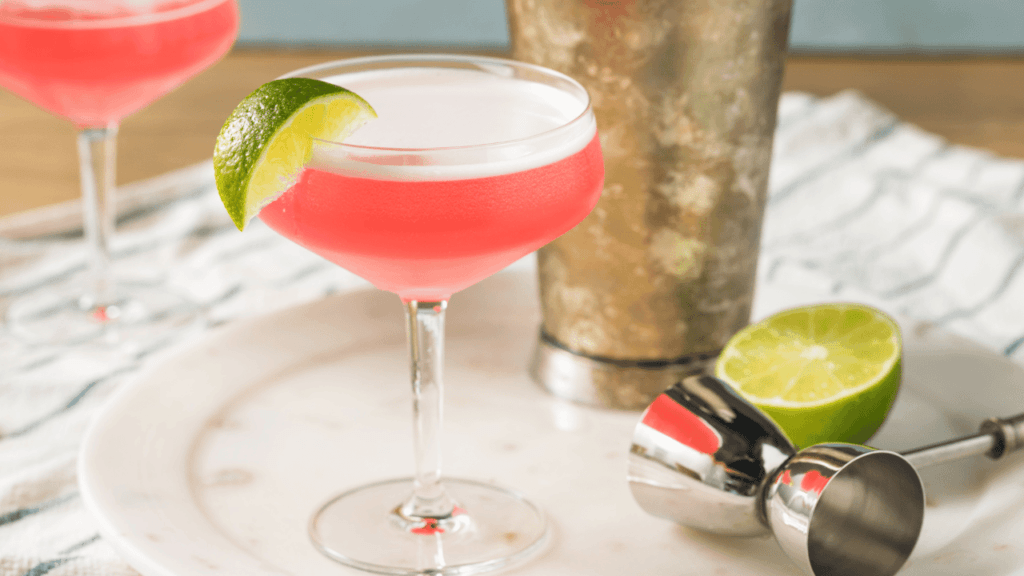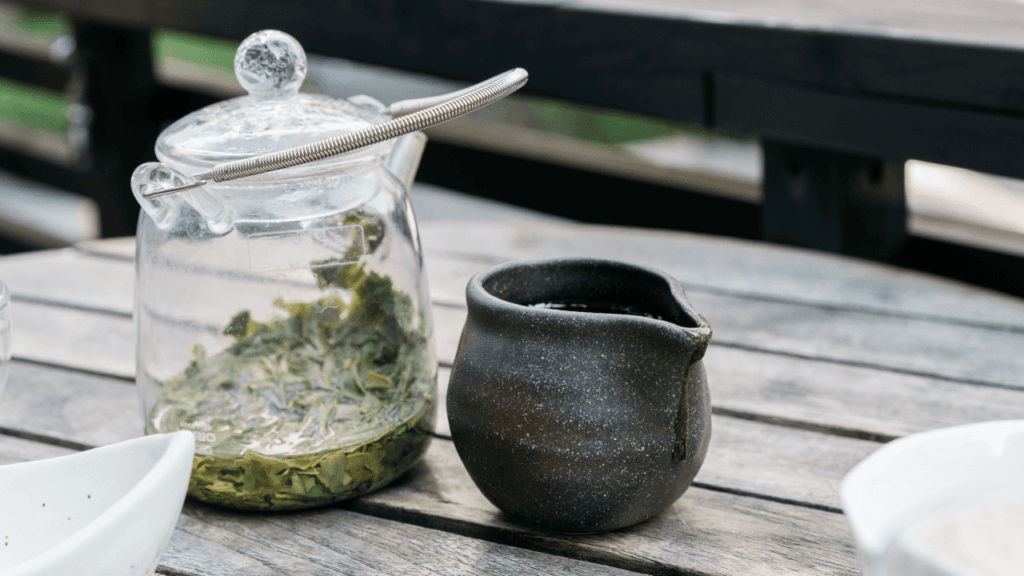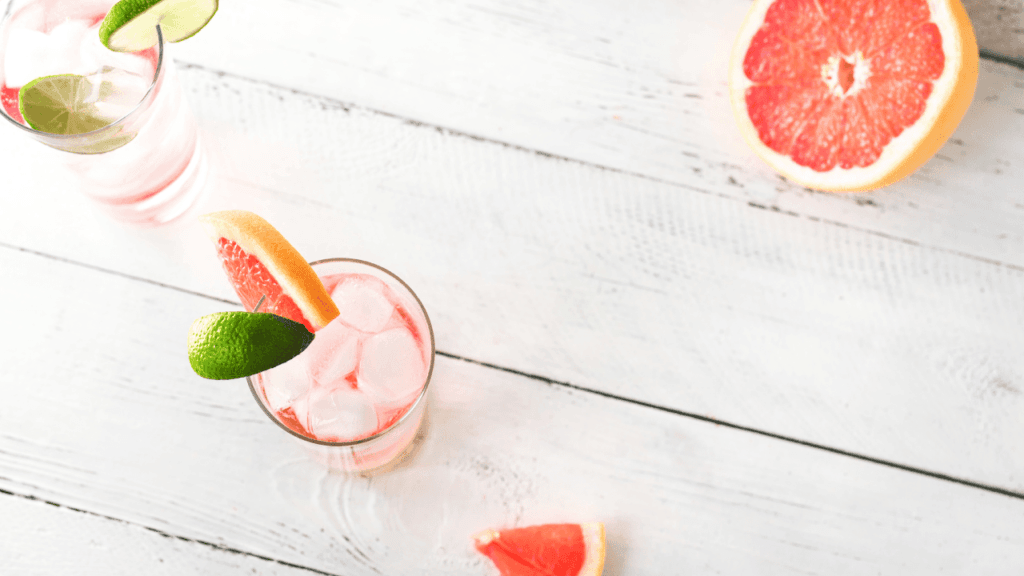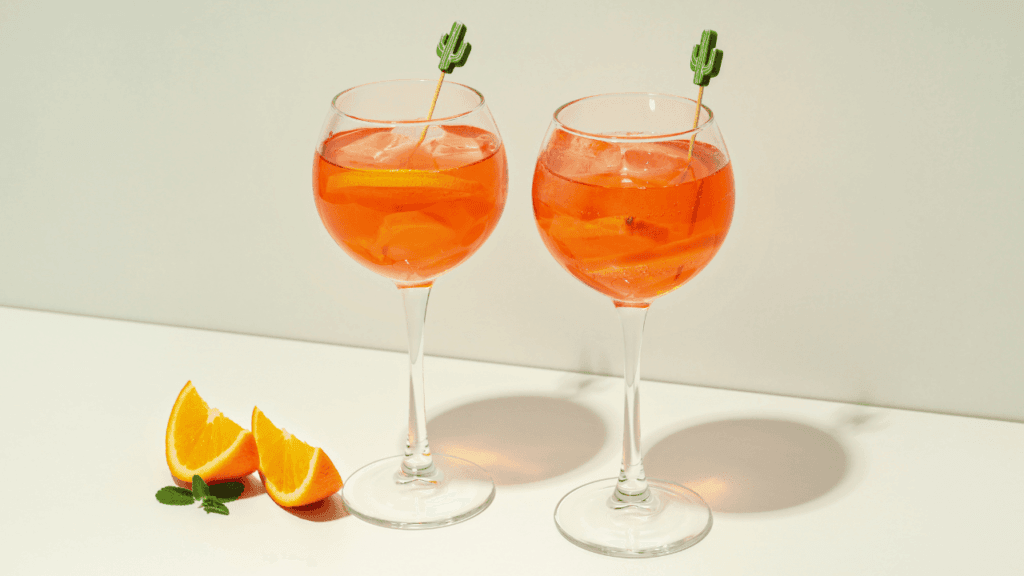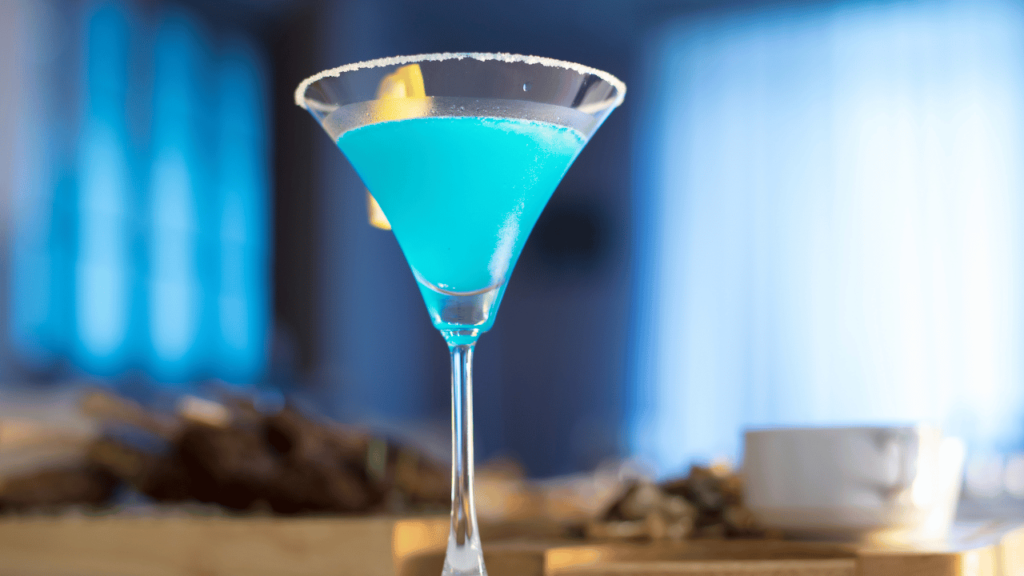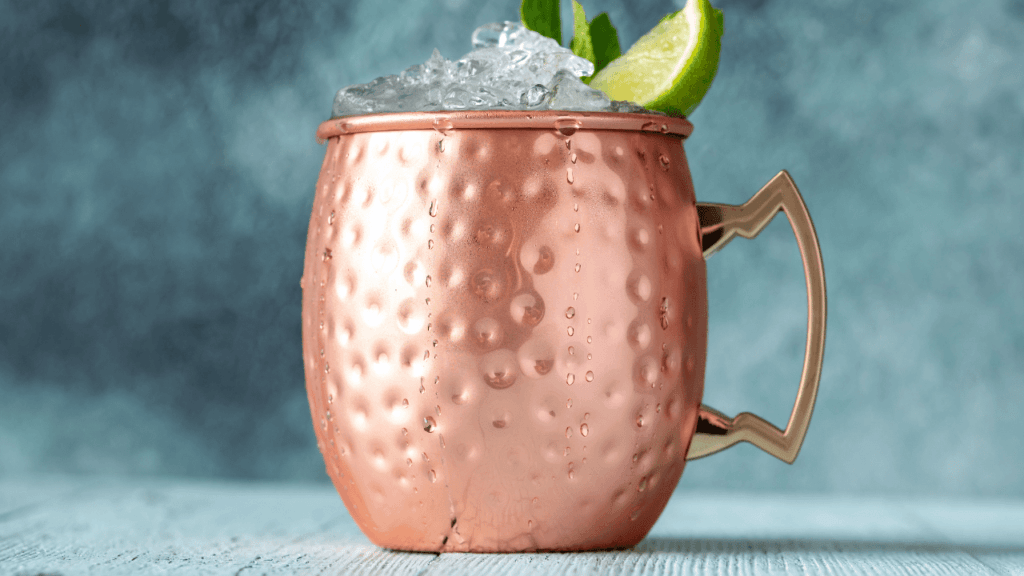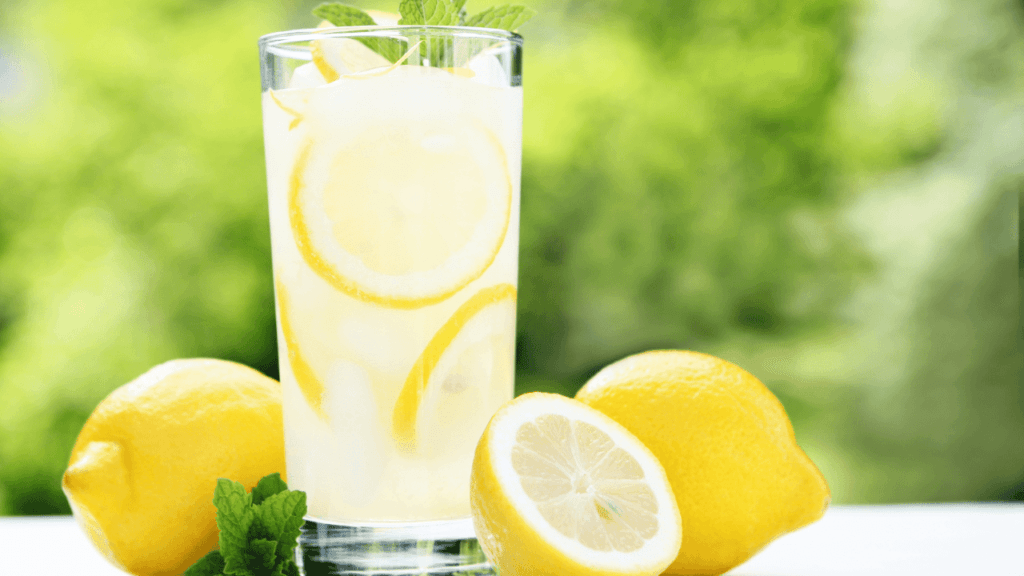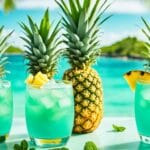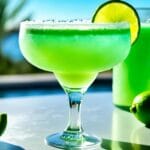Molecular Mixology Cocktails is a thrilling art form in the cocktail world. It combines science and cooking. This leads to drink recipes full of interesting textures and tastes.
It’s not just about making new drinks. Molecular mixology creates a unique way to enjoy and even see your drink. Mixologists take ideas from molecular gastronomy. They use things like blowtorches, liquid nitrogen, foams, and mists. This makes drinks that are fun to experience and delicious to drink.
This style comes from the world of cooking and brings new twists to making drinks. It mixes old bartending with new science. Now, you’ll find this trend at the best bars. It has truly changed how we look at making drinks.
Key Takeaways
- Molecular Mixology Cocktails blends scientific methods and culinary techniques for innovative cocktails.
- Common techniques include spherification, emulsification, and suspension.
- Professional equipment such as blowtorches and liquid nitrogen enhances the molecular drinking experience.
- Derived from molecular gastronomy, this trend has become essential in modern cocktail culture.
- Molecular mixology focuses on visual appeal and interactive drinking experiences.
Introduction to Molecular Mixology
Molecular mixology mixes science with cocktail crafting to make drinks in new ways. This new trend merges science and art to create drinks with surprising forms, textures, and tastes. It makes the act of drinking a cocktail into a whole new experience, turning the ordinary into extraordinary.
Definition and Origins
Molecular mixology uses scientific methods to make cocktails. It became popular in the late 2000s and early 2010s, within the modern cocktail renaissance. It borrows from molecular gastronomy, using tools like liquid nitrogen to make unique and delicious drinks. Through techniques like spherification and emulsification, bartenders can craft mouth-watering and visually appealing drinks.
Importance in Modern Mixology
Molecular mixology stands at the forefront of modern cocktail trends. With special tools like liquid nitrogen, bartenders create drinks that surprise all the senses. This trend might have less buzz than before, but it still influences how cocktail artists work. It’s important to follow safety rules when using these innovative techniques, ensuring everyone enjoys these cutting-edge cocktails safely.
| Technique | Purpose | Common Ingredients | Tools Required | Safety Precautions |
|---|---|---|---|---|
| Spherification | Creating liquid-filled spheres | Calcium chloride, sodium alginate | Spherification tools | Wear protective gloves |
| Emulsification | Combining immiscible liquids | Soy lecithin, gum acacia | Immersion blender | Use non-toxic ingredients |
| Suspension | Thickening liquids | Xanthan gum | Blenders | Research ingredient safety |
The Evolution of Mixology into Molecular Mixology
The journey from basic mixology to the current molecular wonders is fascinating. It all began in the 1920s and 30s during Prohibition in the United States. At that time, people could not drink openly, so they did it secretly. This led to the birth of hidden places called speakeasies where homemade drinks became the norm.
Classic cocktails like the Martini and the Old Fashioned came to be during this time. They quickly became the must-have drinks in these underground locations.
Historical Background
The history of cocktails is a rich one, filled with drinks that have become legendary. Early ones like the Old Fashioned and the Gin and Tonic go way back. They tell stories of the 19th century in places like Louisville, Kentucky, and back to British soldiers abroad.
The Martini grew popular as a symbol of luxury in the 1920s. Then, after World War II, drinks like the Mai Tai captured a new tropical trend. Many other famous cocktails, like the Cosmopolitan from the 1980s, have made their mark over the years. They evolve as new tastes and styles appear, with shows like “Sex and the City” making some drinks especially famous.
Transition from Classic to Modern Techniques
In the movement from classic to modern mixology, the craft cocktail era post-Prohibition was key. This time saw the birth of unique and exotic drinks that were unlike anything from before. Mixologists like Trader Vic and Don the Beachcomber led the charge, introducing new fruits, herbs, and unusual presentations. This added a whole new layer of quality and creativity to cocktails. Evolution of drink recipes also brought science to the art of making drinks. Techniques from molecular gastronomy took mixology to a whole new level of innovation.
Today, mixologists use cutting-edge methods and top-notch ingredients to craft drinks. This includes the use of molecular mixology, which has become a big trend. It’s all about making drinks that not only taste good but also surprise and delight our senses. This change has drawn in a more discerning crowd who appreciate the creativity and quality in their drinks.
Key Techniques in Molecular Mixology Cocktails
Molecular mixology brings a new level of excitement to cocktail-making with key methods. These techniques turn making drinks into an art. They are spherification, emulsification, suspension, and using a hot infusion siphon.
Spherification
Spherification is a fascinating method in scientific mixology. It turns liquid flavors into small spheres, making drinks look like caviar. These spheres pop in your mouth, creating a unique taste and texture.
Emulsification
Emulsification mixes liquids that don’t normally combine. This process uses gum acacia to make a silky drink mixture. Think of cocktails that blend citrus and alcohol perfectly, offering a delight for the senses.
Suspension
Suspension uses thickeners like xanthan gum to hold ingredients in place. It makes drinks look stunning and taste balanced. By smoothly combining all five primary tastes, it brings harmony to every sip.
Hot Infusion Siphon
The hot infusion siphon makes drinks interactive and fun. This tool lets places infuse drinks right at the table. Imagine cocktails infused with lemongrass or lavender. It adds a personal touch to each guest’s beverage.
These methods are essential for creating modern, eye-catching cocktails. With tools designed for molecular mixology, bartenders can craft drinks that surprise and delight.
The Role of Technology in Molecular Mixology
Technology is changing cocktails, especially in molecular mixology. This field uses new gadgets and ideas to reinvent drink making. With these tools and apps, anyone can join in on the fun. They help both pros and fans make cool and tasty drinks.
Innovative Tools and Gadgets
Molecular mixology uses cool devices like liquid nitrogen and centrifuges. With tools such as these, drinks can be completely reimagined. Liquid nitrogen, for example, makes cocktails icy and smoky in just seconds. Dehydrating ingredients also boosts their flavor.
Technological Influence on Mixology Trends
The tech in mixology keeps getting better, offering new ways to mix and experiment. Online platforms and apps are key, giving lessons and letting mixologists from all over share. Social media stands out for launching new drink trends globally.
Apps like Mixology are changing how we mix drinks. They make it easy for everyone to try new molecular mixology recipes. This is how modern cocktail making is spreading.
Trendy Molecular Mixology Cocktails
Modernist mixology techniques are becoming a global trend. They aim to shine in the world’s new, post-pandemic phase. Molecular mixology cocktails are becoming favorites. They win over people with interesting tastes and cool looks. These drinks use everything from smoked spices to weird herbs and creative garnishes. This makes the world of molecular gastronomy drinks ever more exciting. It brings us innovative drink recipes that really push the limits.
The term “molecular gastronomy” was first used by Hervé This in 1995. It changed how we see cooking by focusing on its social, artistic, and technical sides.
Modernist mixology is gaining popularity, but it’s not always easy. It’s changing what we expect from a cocktail in many places. In fancy modernist bars, they use unique processes to make drinks even better. For example, the Benton’s Old Fashioned is known for its bacon-flavored bourbon. This shows the true spirit of being creative in today’s cocktails.
There’s a new trend where bartenders mix drinks with uncooked sushi rice. This interesting method makes traditional drinks stand out. Toasting the rice before using it can also add interesting flavors to drinks. It’s all part of the fun and creativity in molecular mixology cocktails.
These molecular mixology cocktails not only taste and look different. They also show how the cocktail scene is always changing, for both pros and fans. This keeps everyone in the mixology world excited.
The Importance of Presentation in Molecular Mixology
Presentation in molecular mixology adds a special touch to the drinking experience. It brings together beauty and science. This makes the cocktails not only tempting to taste but also a feast for the eyes.
Visual Effects and Garnishes
In molecular mixology, the look of cocktails matters a lot. It’s not just about how they taste but how they look. Unique garnishes, like edible flowers and special smoke or foam, catch the eye. They make the drink more appealing. For example, cocktails can be served with smoky effects created by liquid nitrogen. Exotic fruits, beautifully carved, also add to the stunning look, pairing well with their flavors.
Creative Service Techniques
Unique cocktail service methods are as important as the drinks themselves. Techniques like adding dramatic smoke, using special glassware, and presenting in creative ways make the experience memorable. These methods give mixologists a chance to shine. They offer more than just a drink; they offer a complete journey of the senses. This makes guests happy and makes the place stand out in the crowded cocktail scene.
Eco-Friendly Practices in Molecular Mixology
More people now want eco-friendly cocktail methods. Bartenders use organic and local ingredients to make cocktails better for the earth. They are also making drinks that are less alcoholic, which many customers want today.
Places serving drinks are going green, too. They compost, use eco-friendly straws, and cut down on trash. This is changing the industry to be more eco-conscious. Bartenders are using fresh, clean fruits and looking for plastic alternatives. Putting edible things on drinks makes them even better for the planet.
Green mixology is all about making drinks that are good for nature and taste great. It caters to what people like, while also helping the planet. Experts predict that drinks made with care for the earth will become more popular in the coming years. This will make our planet healthier and give us new and eco drinks.
New tech like VR and AR are changing how we make and enjoy drinks. They’re making cocktail making more precise and fun. Hotels like Hilton use special ice for better drinks. Bars like Four Seasons in Vail are adding stories and cool looks to the drinking experience.
| Sustainable Practice | Impact on Mixology |
|---|---|
| Incorporating Local Produce | Enhances flavor and supports local farmers |
| Biodegradable Straws and Utensils | Reduces plastic waste |
| Composting | Minimizes food waste |
| Edible Garnishes | Eliminates non-recyclable decorative elements |
Using these green methods is good for the world and fits with what people want today. The mixology world is changing for the better, focusing on being eco-friendly.
Experimenting with Molecular Mixology Techniques
Molecular mixology combines the old and the new in making unique cocktail creations. It lets drinkers explore a wide array of drinks that differ from the usual. This melding of cocktail methods allows anyone from amateurs to experts to experiment with making new, exciting drinks.
Combining Traditional and Modern Methods
The key is to learn the basics first. Traditional ways like shaking and mixing are fundamental. But, modern methods including creating foam, making spheres, and using liquid nitrogen can take these classics to new levels. For instance, foam can improve the drink’s feel, and spheres add amazing flavor pops. Liquid nitrogen cools the drink quickly, changing how it tastes and feels.
Tips for Beginners
If you’re just starting with molecular mixology, begin with the basics. Understand how to blend sweet, sour, salty, bitter, and umami tastes. Start with simple techniques and move to harder ones. When you first try molecular mixology for starters, being accurate in measurements is key for the best taste.
Here are a few tips to start with:
- Play with simple foaming—try soy lecithin for light layers.
- Experiment with spherification using sodium alginate and calcium chloride for taste bursts.
- Try smoking techniques to add unique smells.
- Use dehydrating to make strong powders for better flavors and looks.
Developing your skills in molecular mixology is a journey of drink creation. Safety is extremely important, especially with things like liquid nitrogen. Always follow safety rules for a fun and secure learning experience.
By mixing molecular and traditional methods, you can create some amazing cocktails. Here’s a look at some essential molecular techniques:
| Techniques | Effect | Main Tools |
|---|---|---|
| Foaming | Creates airy, textured layers | Foaming agents, Siphon |
| Spherification | Encapsulates liquid in spheres | Sodium Alginate, Calcium Chloride |
| Liquid Nitrogen | Rapid freezing, texture enhancement | Liquid Nitrogen Container |
| Smoking | Adds aromatic flavors | Smoking Gun, Aromatic materials |
| Dehydrating | Intensifies flavors, visual appeal | Food Dehydrator |
Getting into the fusion of cocktail techniques improves not only your abilities but also the enjoyment of drinking, making fun memories with every new drink you craft.
Conclusion
Molecular Mixology Cocktails combines science with cocktail making, changing how we think about drinks. Mixologists are using new methods to perfectly balance flavors. They also play with things like liquid nitrogen to make drinks in cool new ways. This makes the future of mixology really interesting.
They use tools like centrifuges and liquid nitrogen to make cocktails that taste and look amazing. This mix of old and new techniques keeps things fresh for bartenders and anyone who loves cocktails. It creates a fun and new world to explore for drink enthusiasts.
The future of molecular mixology is full of excitement as experts keep trying new things. This ongoing process makes the cocktail world better and more fun. It ensures that molecular mixology stays important in the beverage industry worldwide. To learn more, check out this molecular mixology guide.
